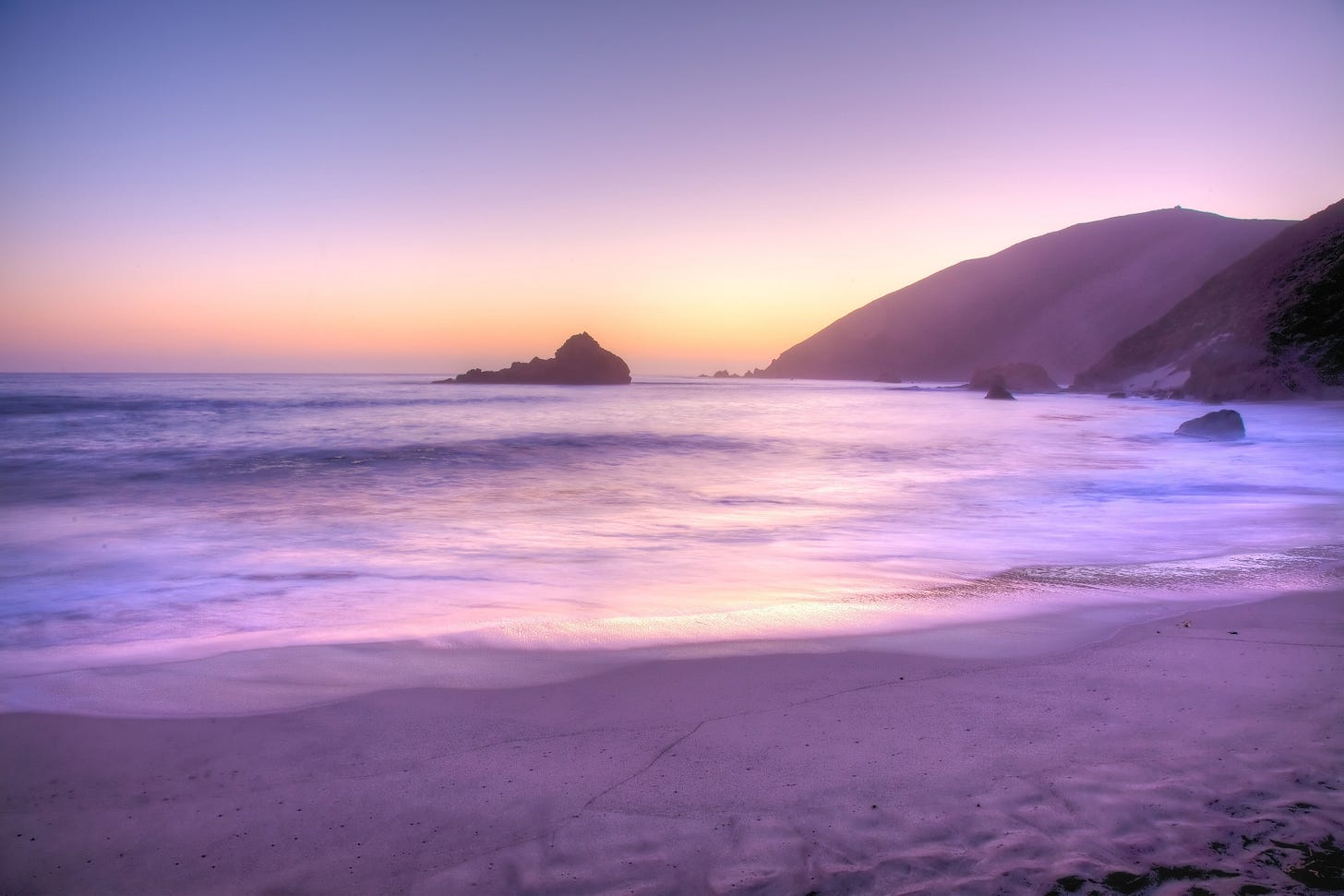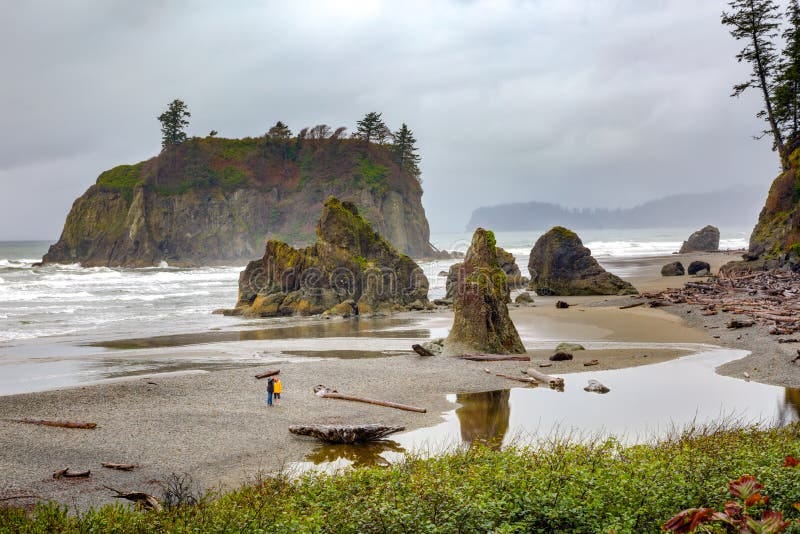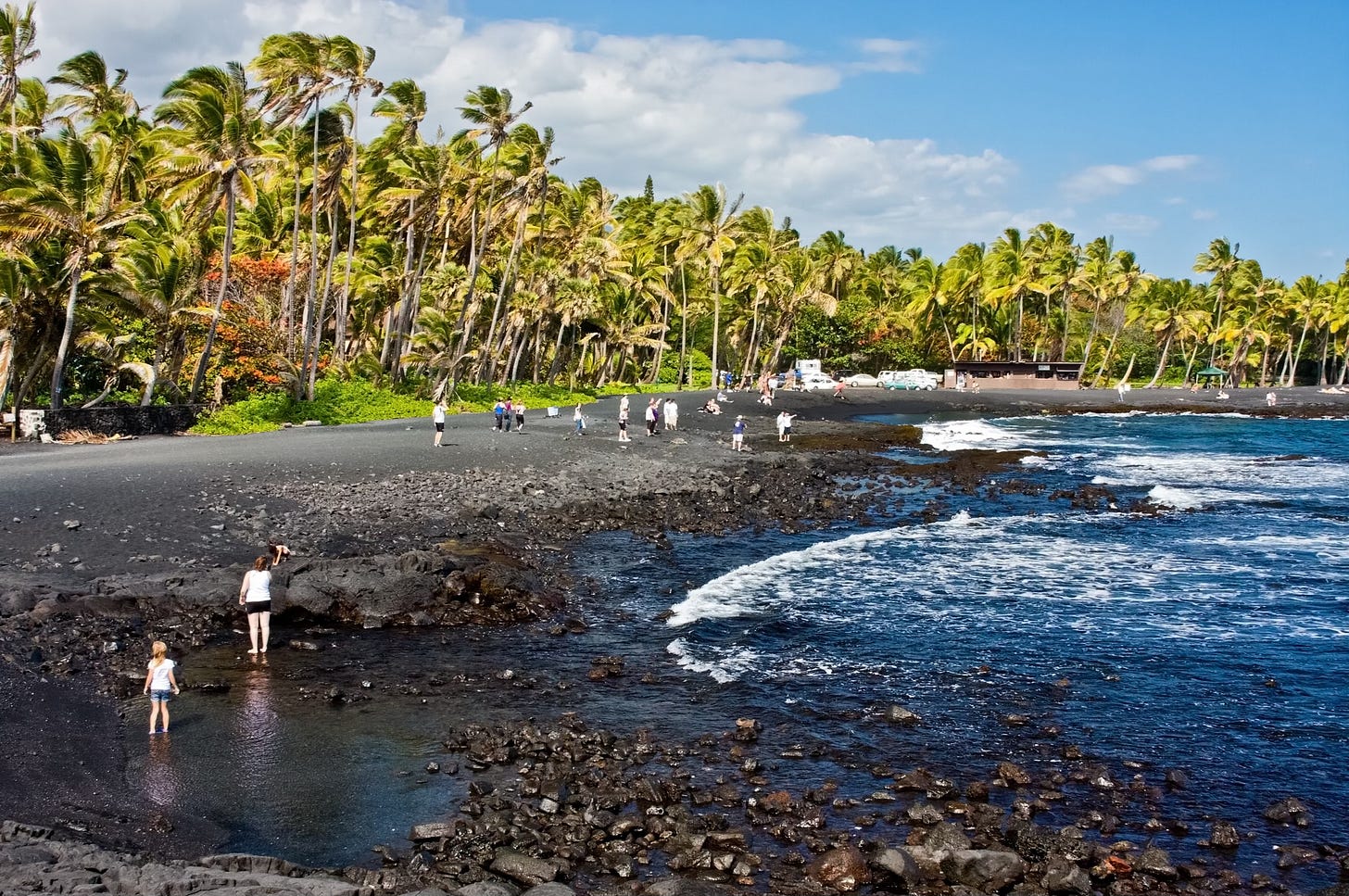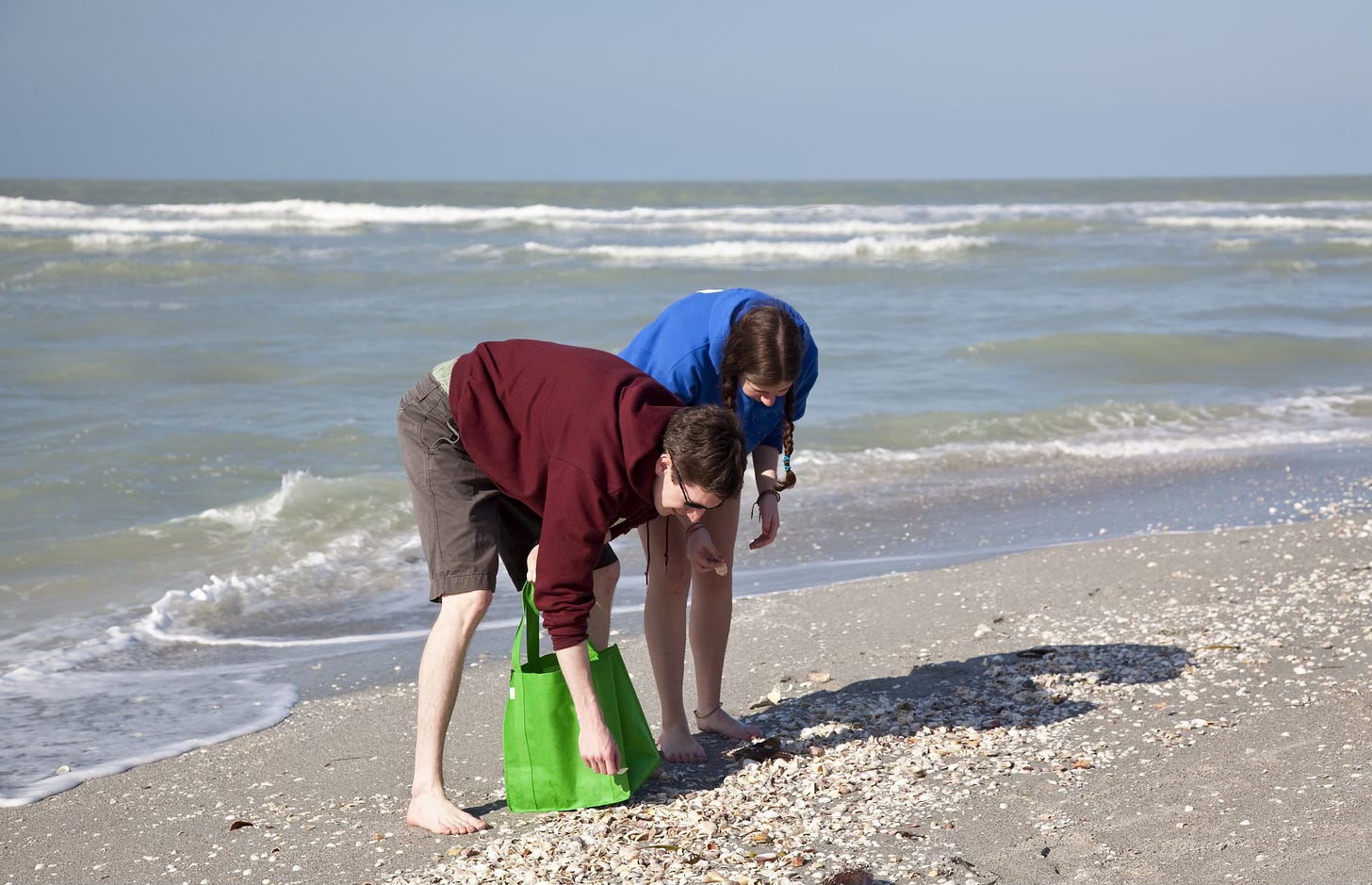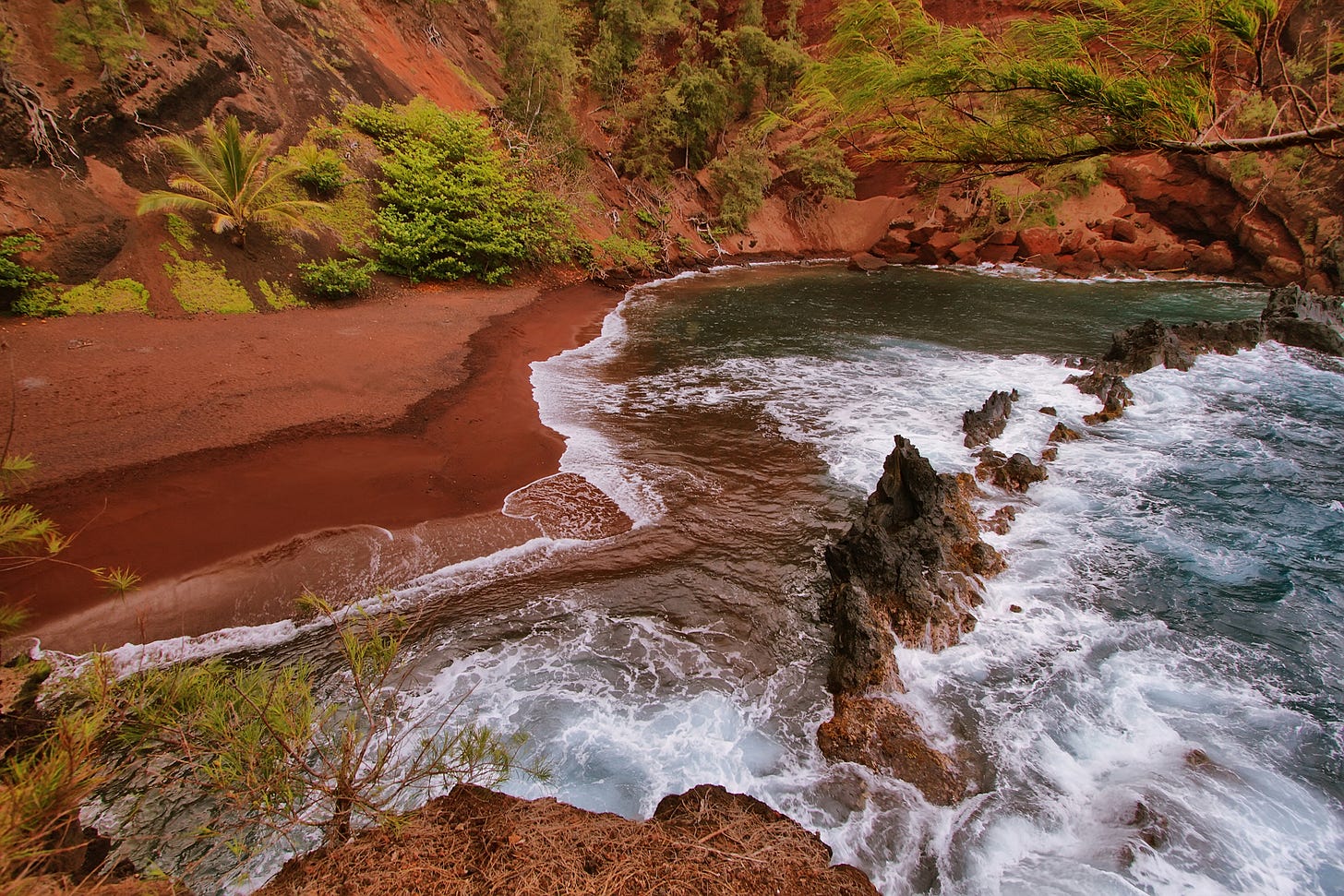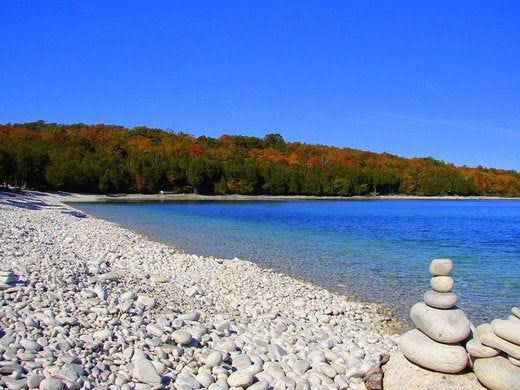Unusual Beaches with unusual names.
Sun and surf seekers who long for their ideal beach setting, which often includes gleaming white soft sand, have numerous choices of where to set up their seaside chair or spread out their towel.
People who arrive at Pfeiffer Beach along California’s Big Sur coastline often question their eyesight. That’s because of the purple hue of the sand beneath their feet, which creates the image of a fantasy world.
It doesn’t take long for them to realize that their vision isn’t impaired. The shoreline has a definite lavender tinge that comes from deposits of manganese garnet rocks which are set in the surrounding cliffs.
Sun and surf seekers who long for their ideal beach setting, which often includes gleaming white soft sand, have numerous choices of where to set up their seaside chair or spread out their towel. Those who prefer something a bit different also may select from a list of alternatives, each with its own unique appeals.
Purple sand at Pfeiffer Beach
Pfeiffer Beach is one of them. In addition to the unusual tint of the sand, it’s adorned by a large natural rock arch which adds to the surreal landscape, especially when the sun shining through the opening creates a dramatic light show.
Sand in a variety of colors also awaits visitors to other coastline locations. An eroding iron-rich volcanic hill gives color to the aptly named Red Sand Beach on Hawaii’s Maui Island. This secluded cove lies partially hidden within a collapsed cinder cone. A challenging walk is required to reach this hidden sanctuary, which is surrounded by towering crimson-colored cliffs.
Ruby Beach in Olympic National Park, Washington
This breach gets its moniker from garnet minerals that have been found in the area. They have been used since the Bronze Age (roughly 3300 to 700 BC) to make gemstones and abrasive materials. The name garnet came from the 14th century Middle English word meaning “dark red.”
The color of American money greets callers to Papakolea Beach on the Big Island of Hawaii. Its green shade comes from the crystal mineral olivine, a common component of lava which forms when molten rock cools. When the olive-colored particles shimmer in the sunlight the sunlight they lend an almost gemstone quality to the setting.
Black sand on the Big Island of Hawaii
Hot lava that flowed into the sea and cooled rapidly also created the black sand of Punaluu Beach on the Big Island of Hawaii. For some, the dark ribbon resembles an other-worldly locale.
Adding to its lure is that the shimmering sand is favored by large Green Sea Turtles and Hawksbill Turtles which warm themselves there. Referred to as the rarest sea turtle inhabiting the Pacific Ocean, the Hawksbills are a federally listed endangered species. Biologists have estimated that only about 60-to-70 of them make the Big Island their home. The Green Sea Turtle was nearly depleted in the 1960’s and also is included on the endangered and threatened species list.
Check out this beach where sharks once swam
Evidence of previous life awaits discovery at other stretches of sand. Millions of years ago, Florida was under water and sharks swam in the sea off the present-day Venice area. Today, their fossilized teeth wash ashore along Caspersen Beach, especially after storms. Collectors may find specimens ranging
Glass Bead Beach and Red Sand Beach, California
Then there are beaches which, while very different from the idealized picture-postcard scene, have their own unique claims to fun-in-the-sun fame. What years ago was a dumping ground for trash near Fort Bragg, California today is a one-of-a-kind shoreline of smooth multi-colored pebbles. Over time, ocean waves have tumbled and polished bottles and glassware into smooth multi-hued nuggets that create a glittering mosaic effect. While collecting the glass is prohibited, just walking over it along Glass Beach provides a very different kind of experience.
Schoolhouse Beach on Washington Island, Wisconsin in Lake Michigan
It’s limestone pebbles, smoothed and shaped by thousands of years of geological processes, that cover Schoolhouse Beach on Washington Island, Wisconsin in Lake Michigan. It’s said to be one of only five beaches in the world which have that surface. The offshore water is so clear that those relaxing on land can see the bottom of the lake and watch fish swim by. Not surprisingly, the flat, smooth stones that comprise the beach make rock skipping a popular pastime.
If skipping stones across a lake, America has plenty of beaches
If tossing small stones into a lake doesn’t appeal to you perhaps the opportunity to collect ancient shark teeth would. If a coastline comprised of multi-colored pebbles isn’t of interest, maybe stretches if red, green or purple sand is. Whatever your personal preference in beaches, there may well be one which is a perfect fit.
Victor Block retains the travel bug after gallivanting throughout the United States and to more than 75 other countries worldwide and writing about what he sees, does, and learns. He believes travel is the best possible education and claims he still has much to learn. He loves to explore new destinations and cultures, and his stories about them have won many writing awards.


